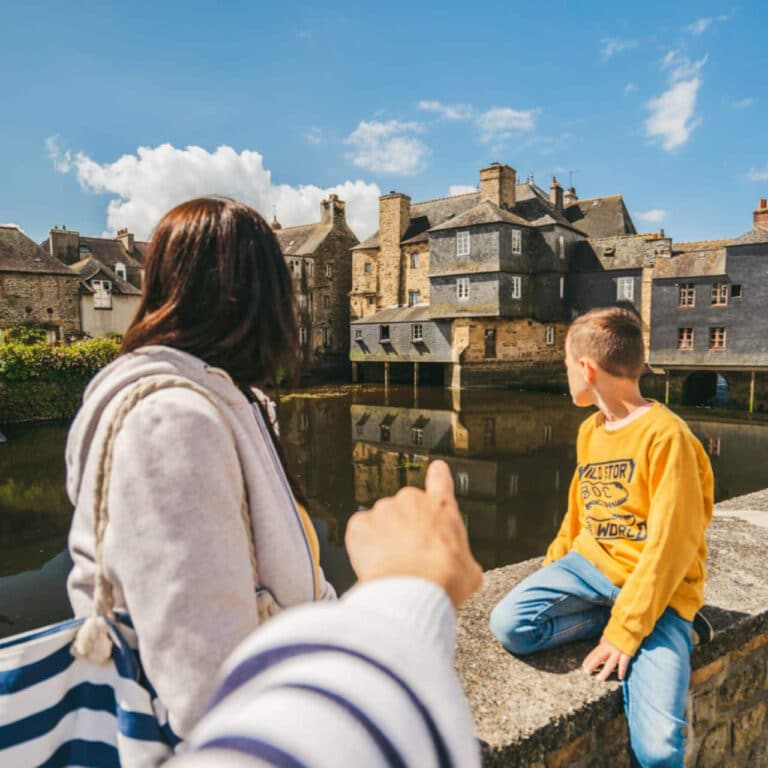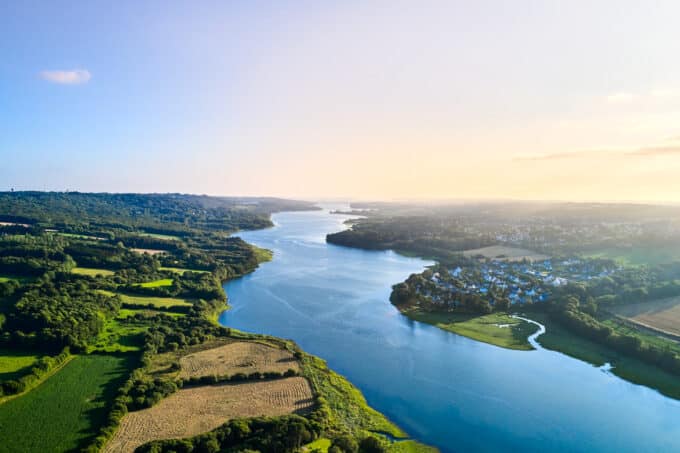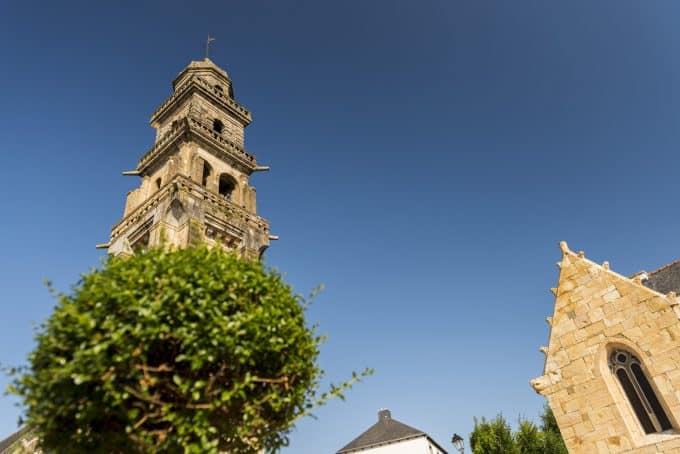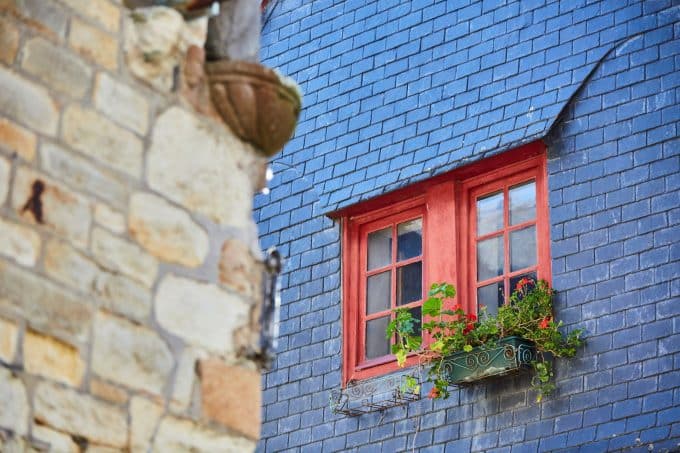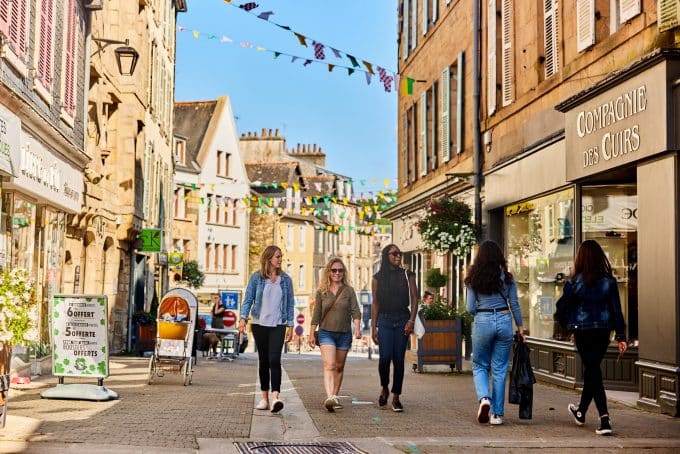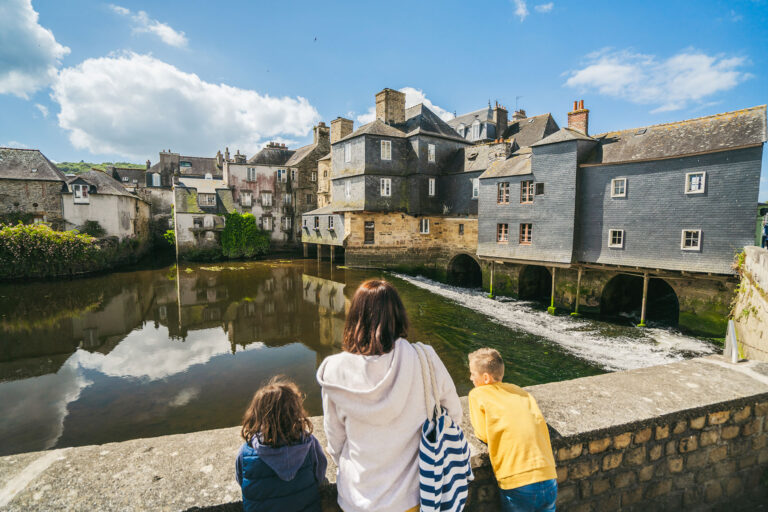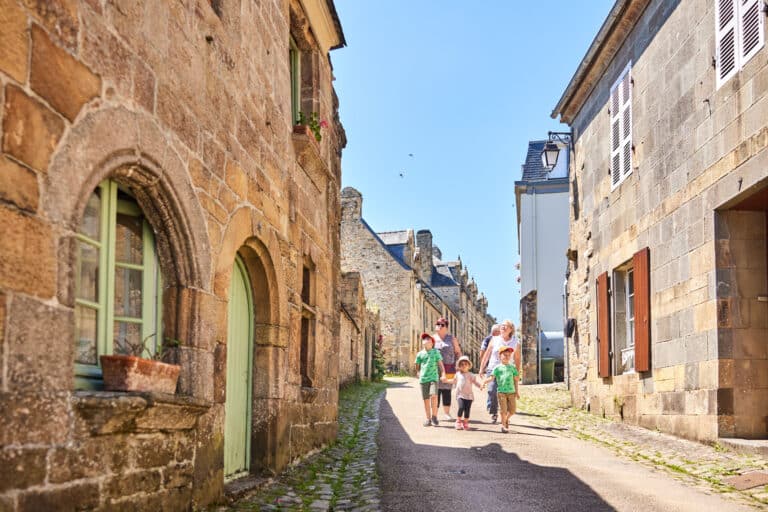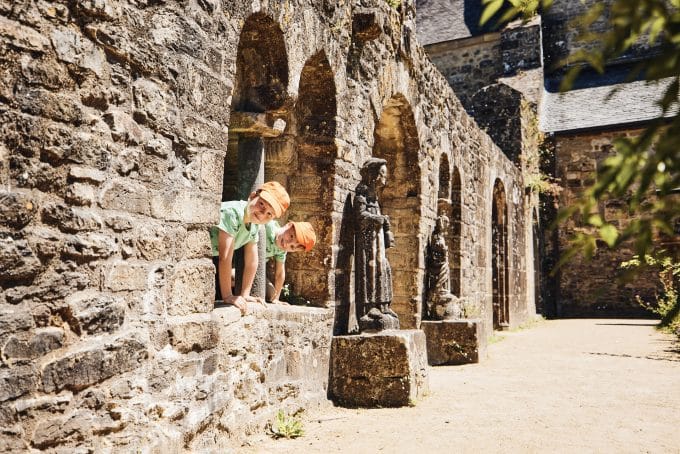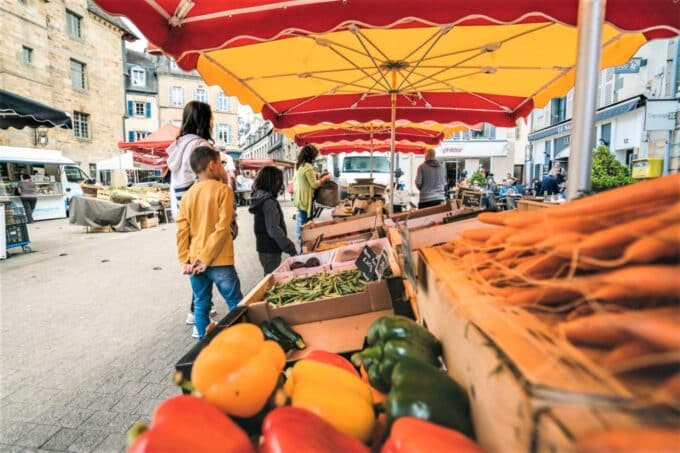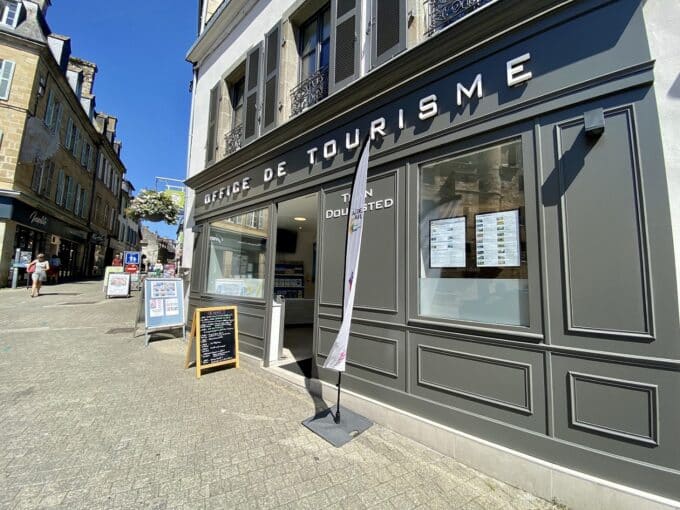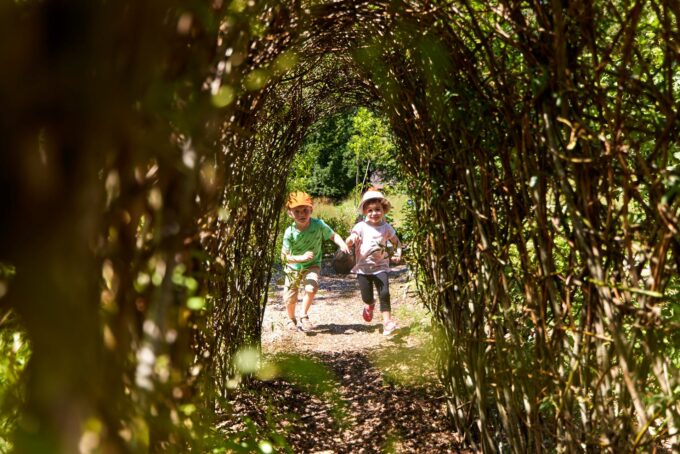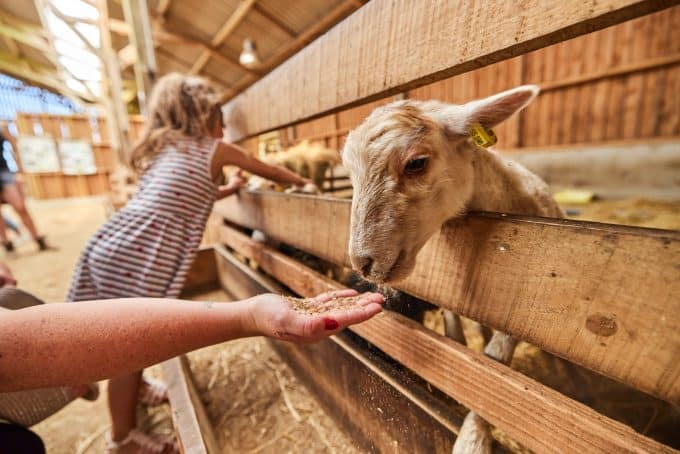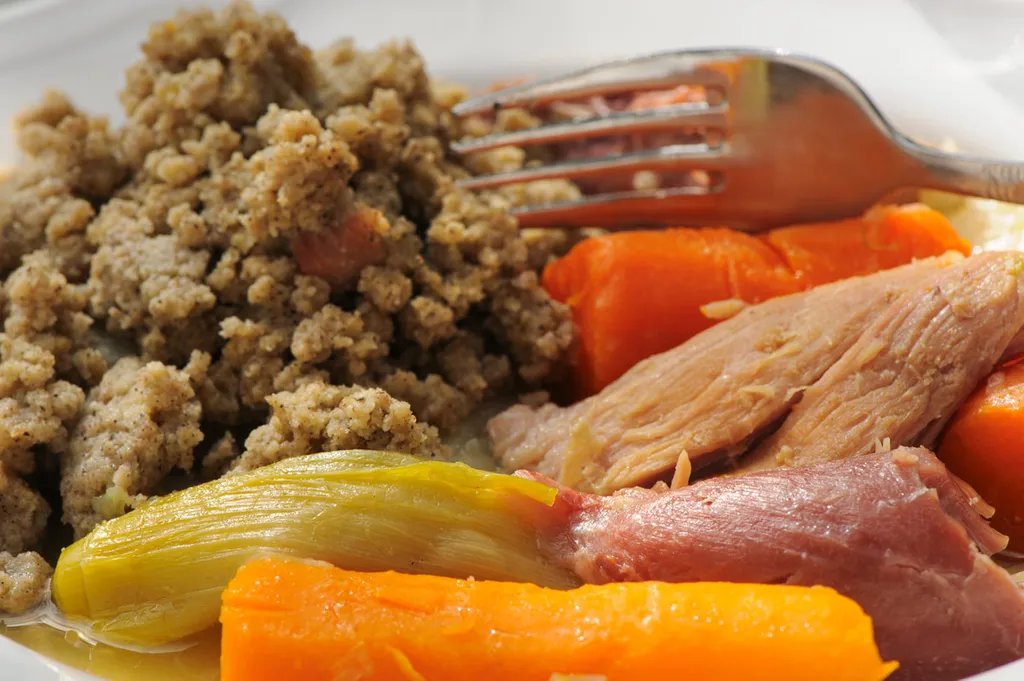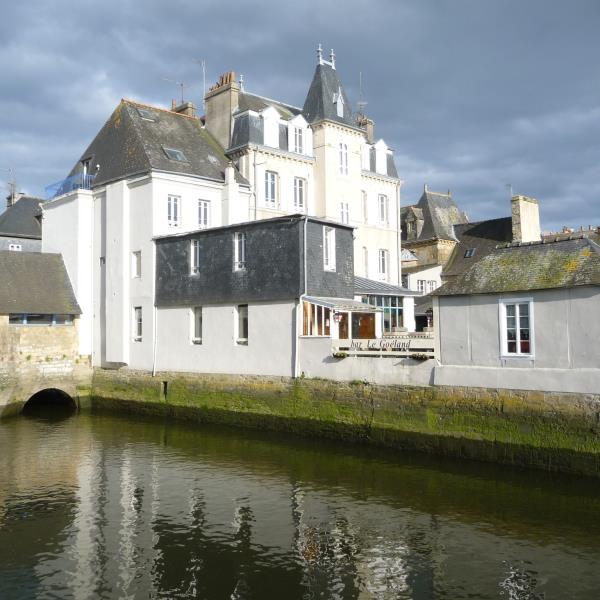The must-have
Dare to try Kig Ha Farz!
Before you can taste it, you have to know how to pronounce it*! Kig Ha Farz, the emblematic dish of northern Finistère, is for many Bretons a "Madeleine de Proust" reminiscent of winter family meals. Our Kig Ha Farz specialist explains all there is to know about the Breton "pot au feu", from respect for family tradition to the secrets of its preparation!
*To be pronounced: "Kic' a' Farss"!
An emblematic dish of Léon
I was born in Plouédern, near Landerneau, in the Pays du Léon, where Kig Ha Farz originated! In days gone by, it was the dish of the poor, cooked for hours on end while people toiled in the fields. Back home, it was a Sunday dish in winter. It would simmer all morning, with the good smells wafting through the kitchen, and we'd all gather around the table to share this warming dish. I got my recipe from my grandmother, who got it from her grandmother.
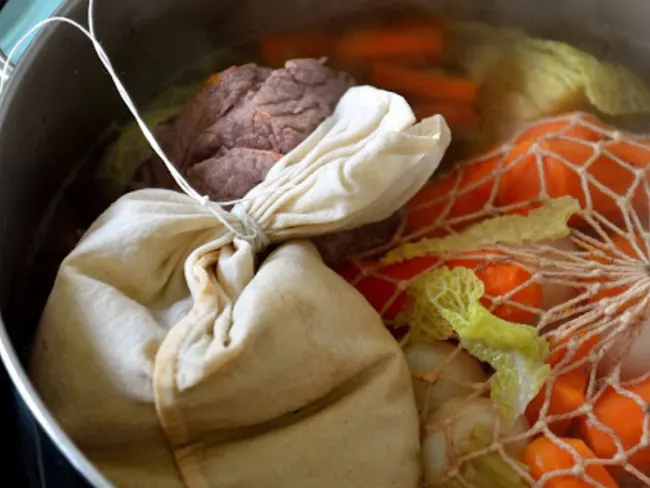
The little extra
Meat, vegetables... and farce
Kig Ha Farz originally contained no vegetables. "Kig" is meat and "Farz" is far.
Because it's the far that makes all the difference in the recipe! Without far, there's no Kig Ha Farz! But be careful... it's nothing like the prune far we eat for dessert! I prepare it by mixing buckwheat flour, eggs, cream and milk. Together, they form a dough which you put into a canvas bag, tightly packed, and drop into the broth with the meat and vegetables.
As for the ingredients, at home we use beef and pork shank, and a piece of bacon that we cook separately. As for the vegetables, it depends a little on the season and what's available on the market: there are always carrots and onions, but you can also use cabbage, turnips or even leeks if you like!
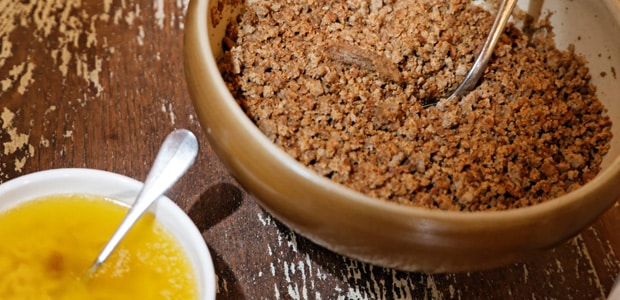
The art of gesture
Bruzhuner le far noir: what a technique!
Be careful, bruzhuner is quite an art (pronounced brujuner)! "Bruzhun" is Breton for sand. Bruzhuner means to crumble the far, once cooked, like sand!
As a child, I was enthralled to see my grandmother making it by hand while the flour was still hot. Today, I do exactly what she did!
Did you know?
Some recipes also call for "white" farin made with wheat flour, which is sliced once cooked and browned in butter in a frying pan.

Lipig is a sauce made from onions cooked in butter, salted of course! In my family, we're all "lichous", so I make lots of it! To prevent the butter from burning, I add a ladleful of stock to the sauce. We serve it alongside the meat and vegetable dish. It's very tasty and, above all, delicious!
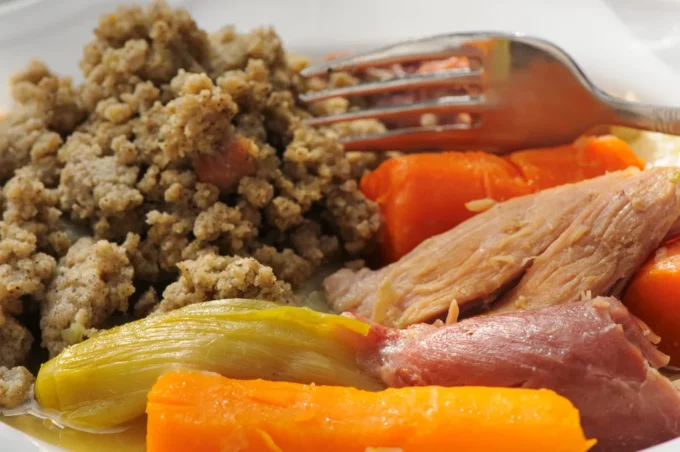
To each his own recipe for Kig Ha Farz!
My recipe for Kig Ha Farz is not the neighbor's!
Some serve far noir pan-fried, like far blanc. Others bake it in the oven, with raisins. You can also vary the choice of meats and vegetables. I always add a piece of bacon, but not everyone does!
Sea side
The ocean variant: Pesked Ha Farz
Here, we're close to the sea... so Kig Ha Farz needs a more iodized version, called Pesked Ha Farz! In this version, fish is substituted for meat, and seaweed can be added. Here too, the choice of fish depends on the individual and the catch of the day: mackerel, pollock...
In Landerneau, the "Le Goéland" restaurantlocated on the inhabited Rohan bridge, has made Pesked Ha Farz its specialty!
Where to eat Kig Ha Farz in the Landerneau Daoulas region?
Some restaurants in Léon serve Kig Ha Farz or Pesked ha farz once a week.
You'll always be served the vegetable broth first, before the meat dish, vegetables, fars and lipig. There's no dessert that traditionally follows Kig Ha Farz... But I'm willing to bet you'll be full enough to go without!
